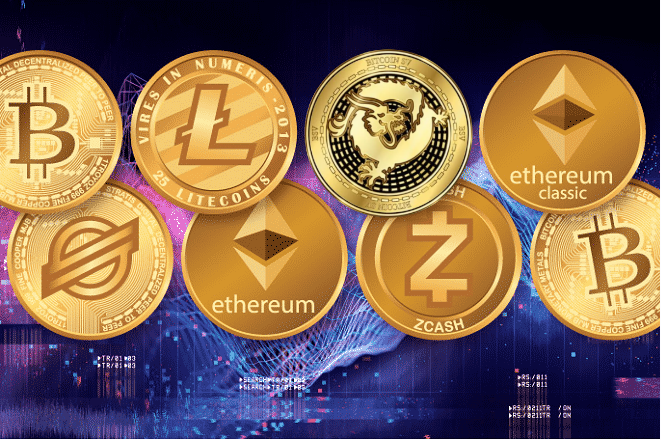Cryptocurrency has emerged as a disruptive force in the global financial landscape, revolutionizing the way we perceive and transact value. While Bitcoin paved the way as the first decentralized digital currency, the rise of alternative cryptocurrencies, or altcoins, has diversified the landscape and introduced innovative features and functionalities. Bitcoin, created by the pseudonymous Satoshi Nakamoto in 2009, operates on a blockchain a distributed ledger technology that ensures transparency, security, and immutability. As a pioneer in the space, Bitcoin remains the most recognizable and widely adopted cryptocurrency, serving as a store of value and a medium of exchange. However, the success of Bitcoin inspired the creation of numerous alternative cryptocurrencies, commonly referred to as altcoins. These altcoins vary in their underlying technologies, consensus mechanisms, and use cases, catering to different niches and addressing specific shortcomings of Bitcoin. One prominent category of altcoins includes those that aim to improve upon Bitcoins scalability, speed, and transaction costs.

Examples include Litecoin, which offers faster transaction times and lower fees through its adoption of the Scrypt hashing algorithm, and Bitcoin Cash, which increased the block size to accommodate more transactions per block. Other altcoins focus on privacy and anonymity, seeking to address Bitcoins pseudo-anonymous nature. Monero, for instance, employs advanced cryptographic techniques such as ring signatures and stealth addresses to obfuscate transaction details and ensure privacy for its users. Similarly, Zcash utilizes zero-knowledge proofs to enable selective transparency, allowing users to shield their transaction details while still complying with regulatory requirements. Some altcoins differentiate themselves by offering smart contract functionality, enabling developers to create decentralized applications DApps and programmable agreements and Invest in 2024. Ethereum, the most prominent smart contract platform, introduced the concept of Turing-complete scripting language, facilitating the creation of complex DApps, decentralized finance DeFi protocols, and non-fungible tokens NFTs. Additionally, there are altcoins that specialize in niche industries or specific use cases.
For example, Chainlink focuses on decentralized oracle services, providing reliable and tamper-proof data feeds to smart contracts. Stellar aims to facilitate cross-border payments and asset tokenization for financial institutions and individuals in emerging markets. Investing in altcoins can be lucrative but also comes with inherent risks. The volatility of the cryptocurrency market, coupled with the proliferation of new projects and potential regulatory uncertainties, requires investors to conduct thorough research and exercise caution. Factors to consider include the project’s technology, team expertise, community support, and market demand. Moreover, the cryptocurrency ecosystem is constantly evolving, with new altcoins and blockchain projects entering the scene regularly. Staying informed about industry developments, market trends, and regulatory changes is essential for navigating the complex landscape of cryptocurrency investments. From scalability solutions to privacy enhancements, smart contract platforms to niche applications, altcoins offer a multitude of opportunities for innovation and investment. By understanding the characteristics and potential of different altcoins, investors can capitalize on the growth and diversification of the cryptocurrency market while managing associated risks effectively.
